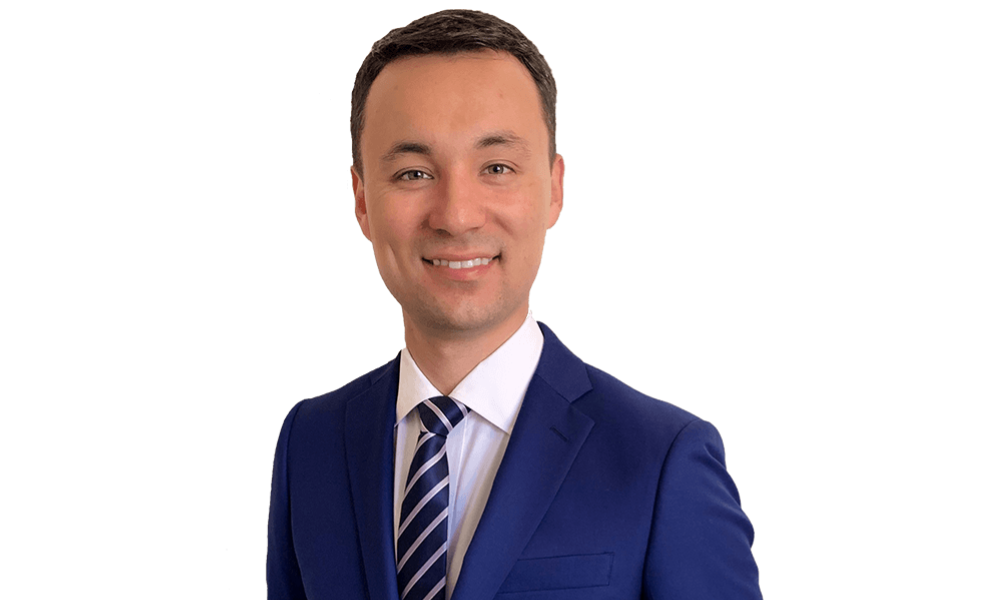They allow challenging what may otherwise be difficult to dispute: Bogoroch's Ryan Marinacci

This article was produced in partnership with Bogoroch & Associates LLP.
Mallory Hendry of Canadian Lawyer sat down with Ryan Marinacci, associate at the firm, to discuss the importance of adverse inferences in medical malpractice litigation.
It is well-established that plaintiffs face an uphill battle in medical malpractice lawsuits, but adverse inferences are an important arrow in the quiver of their counsel says Ryan Marinacci, associate at Bogoroch & Associates LLP.
“Adverse inferences are important because they provide an opening for plaintiffs to challenge what otherwise might be very difficult to dispute,” he says.
When a party fails to either call a material witness or to have a witness testify on a material point, and offers no explanation as to why, the other side can ask the court to draw an adverse inference from the failure to produce the witness or evidence in question. The court is asked to draw the adverse inference that had the witness been produced or asked to testify on the point in issue, the witness’ evidence would not have been helpful to or may have unfavourable to the party’s case.
A recent case, Levy v. Rubenstein, is an example of one way adverse inferences apply in medical malpractice cases. In Levy, the plaintiff alleged a radiologist had missed a lesion on imaging. The defence called an expert radiologist who opined that it was not a breach to have missed this lesion but also would not offer any opinions on the size of the lesion.
In a delayed diagnosis case such as this one, the plaintiff needs to prove causation – that had the delay not occurred, the outcome would have been avoided – and the defence’s expert’s refusal to opine on the size of the lesion went to the issue of causation. If the lesion was originally small but bigger by the time it was detected, there might have been a better outcome had it been picked up earlier. The plaintiff asked the court to draw an adverse inference that had the defence expert opined on the size of the lesion, he would have provided measurements that were unfavourable to the defendants’ case.
Although the court accepted the evidence of the plaintiff’s expert radiologist on this point and was not required to draw an adverse inference, Justice Sanfilippo noted that had it been necessary for his analysis, he would have drawn an adverse inference against the defendants. Justice Sanfilippo noted that the defence expert “was able to provide an opinion on measurement of the lesion by reason of his specialty certification, was tendered and admitted as an expert diagnostic radiologist to ‘provide such additional assistance as the court may reasonably require to determine a matter in issue’ and yet was not called upon by the Defendants to provide an opinion on tumour measurement even though the parties placed this solidly in issue.”
The second way that adverse inferences can play a role in medical malpractice cases relates to the defendants’ clinical notes and records – or more specifically, what’s missing from them. Health care providers are under an obligation to chart many things – the examinations they perform, the tests they order, and the results and findings of those examinations and tests – but the reality is they do not always do so. If nothing is written down, it “provides an opening for the plaintiff to say perhaps the standard of practice wasn’t followed, perhaps something was missed, and it goes to the lack of charting,” Marinacci says.
The notion that the absence of charting makes it more difficult for the court to accept that something was done has been around for many years, with the trial judge in Kolesar v. Jeffries, a case that ultimately went to the Supreme Court of Canada in 1977, stating that “the absence of entries permits of the inference that nothing was charted because nothing was done.”
“It can be very difficult to challenge the doctor’s testimony on their standard practice,” Marinacci says. “But asking the court to draw an adverse inference based on the absence of notetaking can assist the plaintiff in disputing that the doctor followed his or her standard practice.”
Asking the court to draw an adverse inference from the failure to call material evidence can be subject to the dynamics of trial.
“Witnesses planned to be called between the start and the end of trial could change,” Marinacci says. “Their evidence could change, especially under cross examination, so it’s a bit more dynamic. Whether there are grounds to draw an adverse inference may not be known until the evidence is closed.”
Asking the court to draw an adverse inference based on lack of charting can be more straightforward, Marinacci notes, because when you’re disputing someone’s chart notes you’re able to plan that out more because the chart notes won’t change between now and the end of trial.
“In both cases, knowing when to request an adverse inference is crucial for plaintiff’s counsel.”
Ryan Marinacci joined Bogoroch & Associates LLP following his call to the Ontario Bar in June 2021, after completing his articles with another prominent boutique personal injury firm. Ryan’s practice focuses on personal injury and medical malpractice litigation. As an articling student he appeared before the Superior Court of Justice and the Licence Appeal Tribunal. During law school, Ryan worked at Advocates for Injured Workers, a clinic that provides legal services to individuals with workplace injuries, and appeared before the Workplace Safety and Insurance Appeals Tribunal.










